Content
The medicinal properties of codonopsis lanceolate and contraindications are of interest to traditional medicine. A useful plant improves the condition with ailments of the digestive, respiratory and reproductive systems, but it must be used in strict accordance with the recipes.
What it looks like and where it grows
Codonopsis lanceolata (Codonopsis lanceolata) is a perennial plant from the Bellflower family with bare or hairy curly stems up to 2 m in length. It has a developed and powerful underground system with a tuberous main root. The leaves of the plant are large, broadly lanceolate or rhombic, with a solid edge. They have no pubescence, located on short petioles.
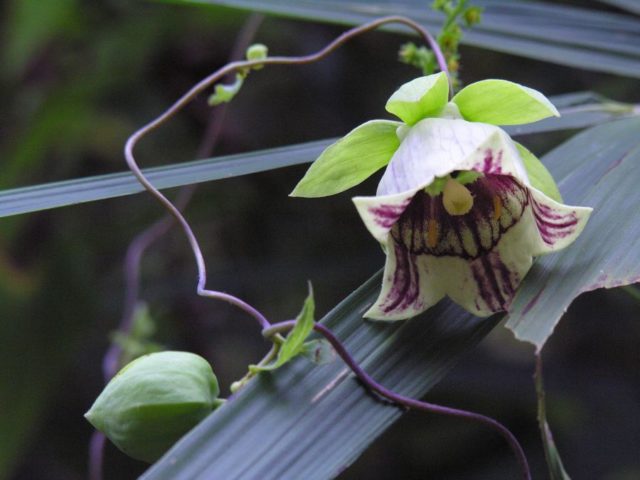
In summer, lanceolate codonopsis produces single bell-shaped apical buds. The flowers are bluish-green or yellow in color with purple edges. At the end of the decorative period, fruits appear on the stems - boxes of an inverse conical shape with small winged seeds.
In its natural form, perennial is widespread in the Far East of Russia and in Asian countries - in Japan, Korea and North China. For life, it usually chooses grassy slopes and river valleys, it is found in thickets of bushes.
Chemical composition
The value of the medicinal lanceolate codonopsis is due to the composition of its root and green parts. The plant contains:
- vitamins B1 and B2;
- potassium and calcium;
- glucose and sucrose;
- vitamin C;
- carbohydrates;
- steroids;
- organic acids;
- coumarins and alkaloids;
- essential oils;
- vitamin K;
- tannins and pigments;
- polysaccharides and triterpenoids;
- phospholipids;
- vitamin E.
It is the root of the plant that has the greatest value. Traditional medicine also uses stems and leaves of codonopsis, but much less often.
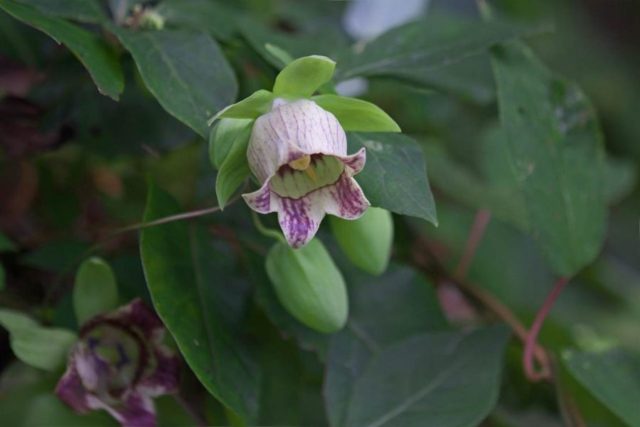
The medicinal properties of codonopsis small-haired and lanceolate
Codonopsis is used to treat a wide range of ailments. The plant has a positive effect on all body systems. Namely:
- promotes expectoration when coughing and bronchitis;
- increases physical endurance and stress resistance;
- strengthens the immune system;
- improves the condition with pneumonia and fights bacterial processes;
- evens out the blood sugar level in diabetes;
- relieves pain and inflammation in rheumatism and arthritis;
- promotes the removal of excess fluids from tissues;
- improves the condition of the kidneys with nephritis and other inflammatory diseases.
Lanceolate codonopsis can be used with anemia and low hemoglobin levels.
Preparation and application methods
Traditional medicine suggests preparing water decoctions and strong tinctures based on the roots, stems and leaves of lanceolate codonopsis. The products are suitable for internal and external use and quickly improve the condition of the body.
Decoction
A decoction of lanceolate codonopsis is beneficial for diabetes, reproductive ailments and anemia. A drug is prepared according to the following algorithm:
- The dry roots of the plant are crushed with a sharp knife in the amount of 20 g.
- Raw materials are poured with 400 ml of liquid.
- Warm up in a water bath for eight minutes.
- Remove from the stove and incubate under the lid for two hours.
The finished product must be filtered from the sediment through cheesecloth. Drink the broth up to four times a day, half a glass on an empty stomach.
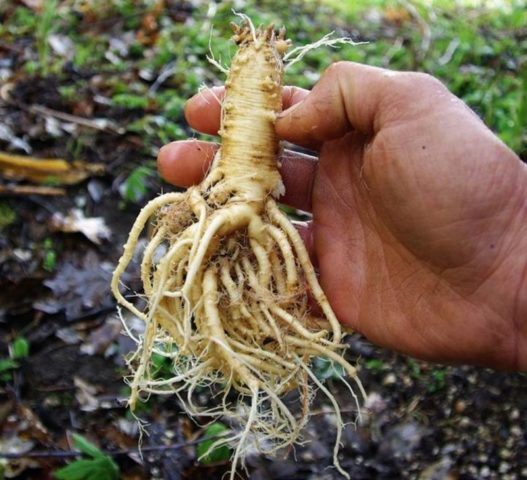
Infusion
With a weakened immune system, chronic fatigue and increased anxiety, it is useful to take an infusion of codonopsis. They make a drug according to this prescription:
- Grind 20 g of dried stems and leaves of the plant.
- Pour 200 ml of hot water.
- Leave under the lid for an hour to cool.
- Pass through cheesecloth to separate the sediment.
You need to use the infusion three times a day, 1/3 cup. It is best to take it on an empty stomach or a couple of hours after eating.
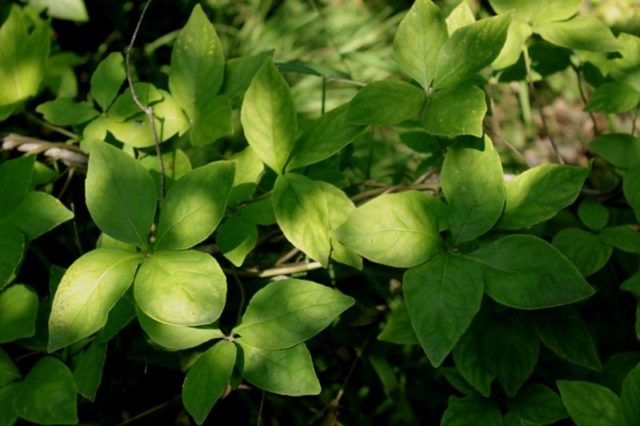
Tincture
For inflammatory diseases and respiratory ailments, an alcoholic tincture of the plant has a good effect. Prepare it as follows:
- Grind 100 g of dry roots of lanceolate codonopsis.
- Raw materials of 500 ml of 70% medical alcohol are poured into a glass container.
- Shake the closed vessel and store in a dark place for two weeks.
- At the end of the period, filter through cheesecloth into a clean container.
Tincture is consumed in small quantities - 30 drops up to four times a day. To prevent the strong preparation from burning the mucous membranes, it can be preliminarily diluted in 50 ml of water.
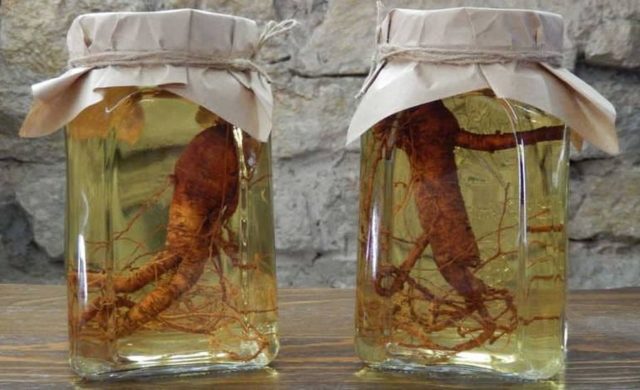
Application in traditional medicine
Lanceolate codonopsis is beneficial for chronic and acute diseases, fights systemic disorders in the body and eliminates infectious processes. Traditional medicine offers several proven algorithms for consuming the plant.
With diabetes
Lanceolate codonopsis improves the functioning of the pancreas and prevents sudden fluctuations in blood sugar levels. With diabetes, it is recommended to prepare the following remedy:
- Dry perennial roots are ground in a volume of 10 g.
- Pour raw materials with a glass of boiling water.
- For ten minutes, place the solution in a water bath over low heat.
- Remove from the plate and leave at room temperature for two hours.
The filtered broth is consumed on an empty stomach, 80 ml three times a day.
For respiratory ailments
When coughing, bronchitis and tracheitis, a decoction of codonopsis roots promotes the excretion of phlegm, relieves sore throat and helps to quickly cope with the bacterial process. A medicinal drink is made like this:
- Grind 15 g of plant roots.
- The raw material is poured into an enamel container with a glass of hot liquid.
- Put in a water bath for half an hour.
- After the expiration date, keep under the lid for another ten minutes and filter.
The finished product is added with clean water to an initial volume of 200 ml. It is necessary to take a home drug three times a day, 30 ml each.
With weakened immunity
Lanceolate codonopsis increases the body's endurance and resistance to viruses, restores strength in case of chronic fatigue and evens out the emotional state. The drug is prepared according to the following algorithm:
- The dried roots of the perennial are cut into small pieces in the amount of 30 g.
- Healing raw materials are poured with 400 ml of hot liquid.
- On low heat or in a water bath, heat the product for half an hour, without bringing to a boil.
- Filter through cheesecloth and dilute with fresh liquid to a volume of 400 ml.
Use the product 50 ml up to four times a day.
With impotence
Lanceolate codonopsis rhizomes improve the reproductive system in men and help with a decrease in libido. To increase potency, an infusion of the plant is prepared:
- Grind the dry underground part in the volume of a large spoon.
- Pour a glass of boiling water over.
- Leave under the lid for two hours and filter.
It is necessary to take the infusion 30 ml three times a day.
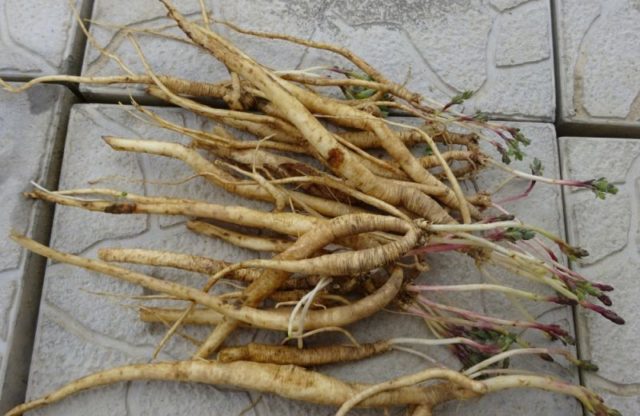
To strengthen the body
Lanceolate codonopsis can be used prophylactically for general health promotion. Traditional medicine recommends the following infusion:
- The dried leaves of the plant are ground to a powder.
- Measure 40 g of raw material and pour 500 ml of hot water.
- In a closed form, insist for half an hour.
- Pass through a sieve and folded gauze.
You need to drink the remedy for 1/3 cup three times a day before meals. For prophylaxis, it is enough to take an infusion of codonopsis for up to two weeks.
To thin the blood
With a tendency to thrombosis, a strong tincture of codonopsis has a good effect. It can be prepared according to the following scheme:
- The dry roots of the plant are briefly dipped in boiling water, and then peeled.
- The prepared raw materials are cut and placed in a glass vessel for 2/3 of the total volume.
- The rhizomes of the plant are poured with 70% medical alcohol.
- Put away in a cool, dark place for two weeks.
- From time to time, remove the vessel to shake well.
After the expiration of the period, the tincture is filtered. You need to consume it 30 drops on an empty stomach three times a day.

Codonopsis lanceolate in traditional Tibetan medicine
Lanceolate codonopsis is widespread in Asian countries and is widely known in Tibetan folk medicine. In particular, the plant is used:
- with a breakdown and depressive states;
- with a slow metabolism;
- with frequent headaches and high blood pressure;
- with poor appetite, nausea and a tendency to diarrhea.
The medicinal herb increases resistance to stress and restores energy reserves. Tibetan medicine uses codonopsis to heal the spleen and lungs, with heaviness in the legs and frequent muscle spasms in the neck.
Contraindications to the use of lanceolate codonopsis
In some conditions, the use of lanceolate codonopsis should be abandoned. The plant is contraindicated:
- with individual allergies;
- with blood clotting disorders;
- with inflammatory bowel diseases and acute appendicitis;
- with sluggish digestion and poor production of gastric juice.
It is not recommended to take decoctions and infusions of codonopsis at the same time as anticoagulants and other blood thinners. Also, you should not use perennial-based drugs before surgery.
Collection and procurement
For medicinal purposes, the roots of the lanceolate codonopsis are most often used. It is necessary to collect them in the autumn period after the plant goes into a state of dormancy. A perennial is dug out of the ground and the underground part is cut off, and then the rods are washed from contamination and laid out in a warm ventilated room on a baking sheet. After the moisture has evaporated, the roots must be poured into a paper bag and removed to a dark, dry place.
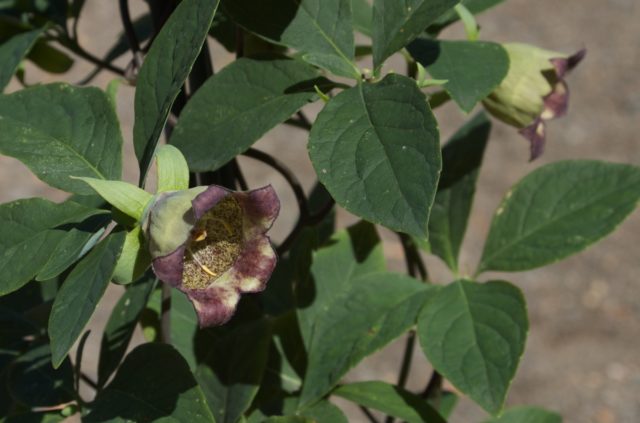
The leaves and flowers of the plant are harvested at the beginning of flowering on a dry and cool day. After collecting, they also need to be rinsed and laid out to dry in the shade under a canopy. Aerial parts of codonopsis retain medicinal properties for up to a year, and the roots can be used for two years.
Conclusion
The medicinal properties of codonopsis lanceolate and contraindications are closely related to each other. Perennial benefits in weakening immunity and loss of strength, and also improves blood circulation, but requires careful use according to proven recipes.

